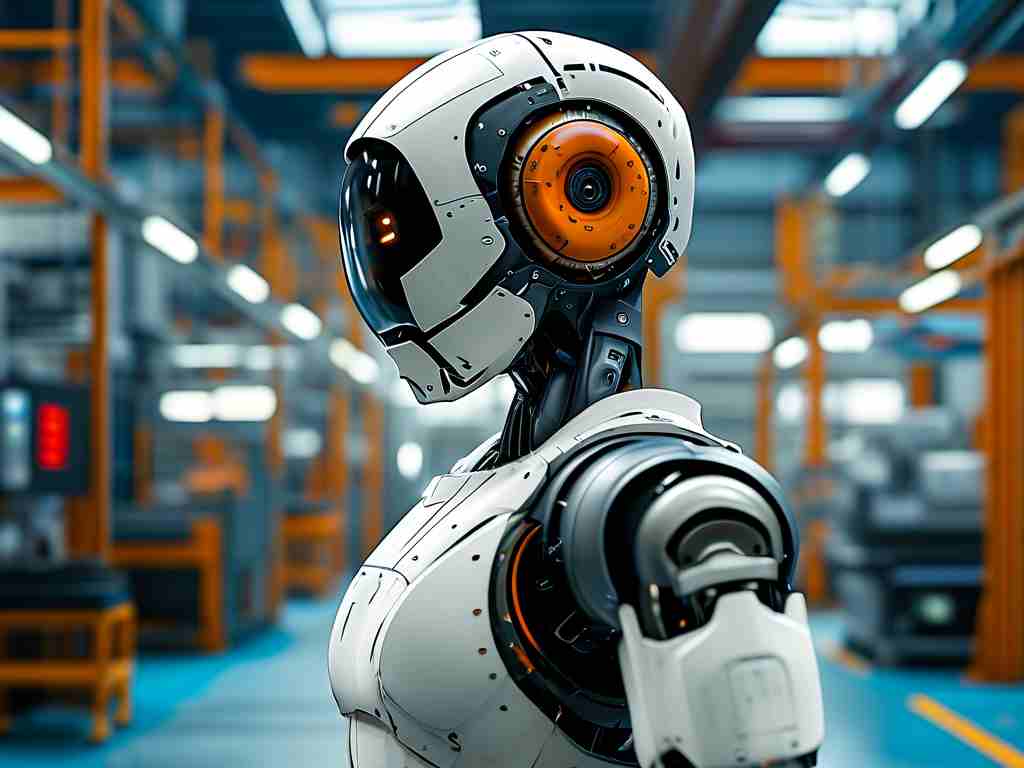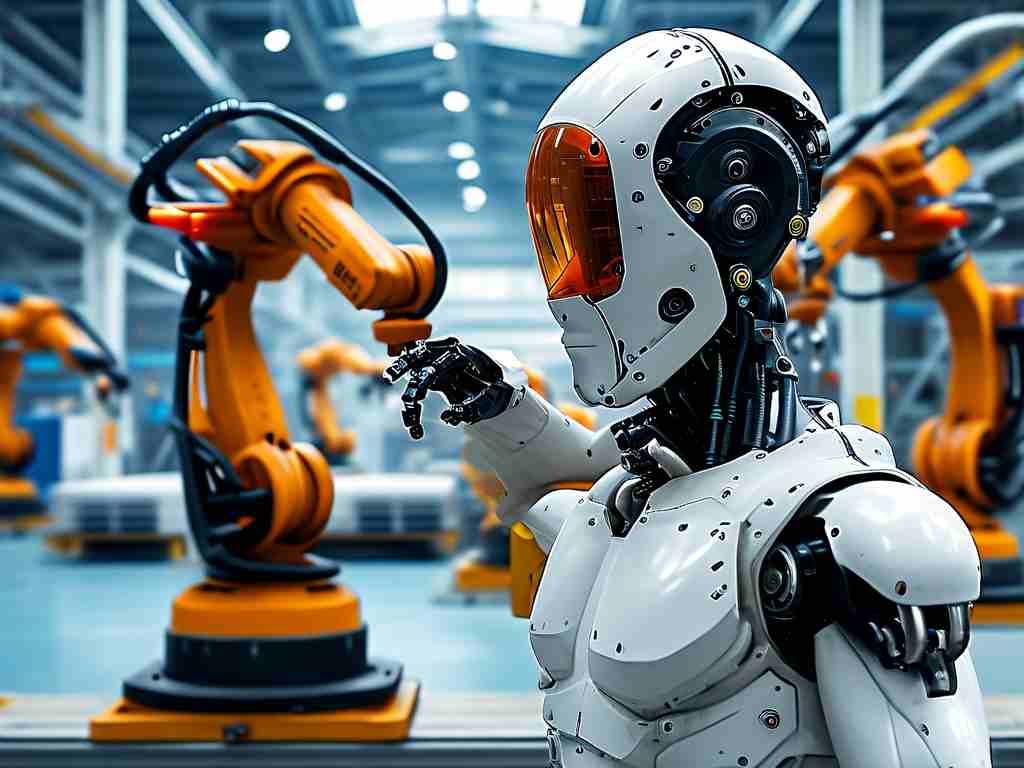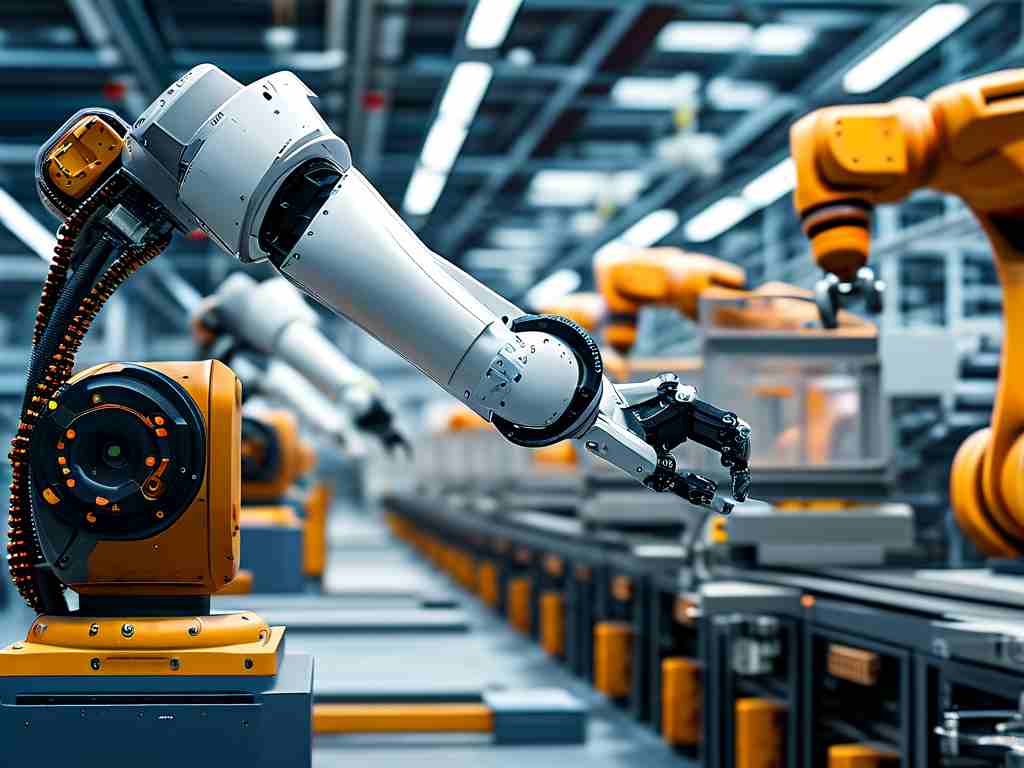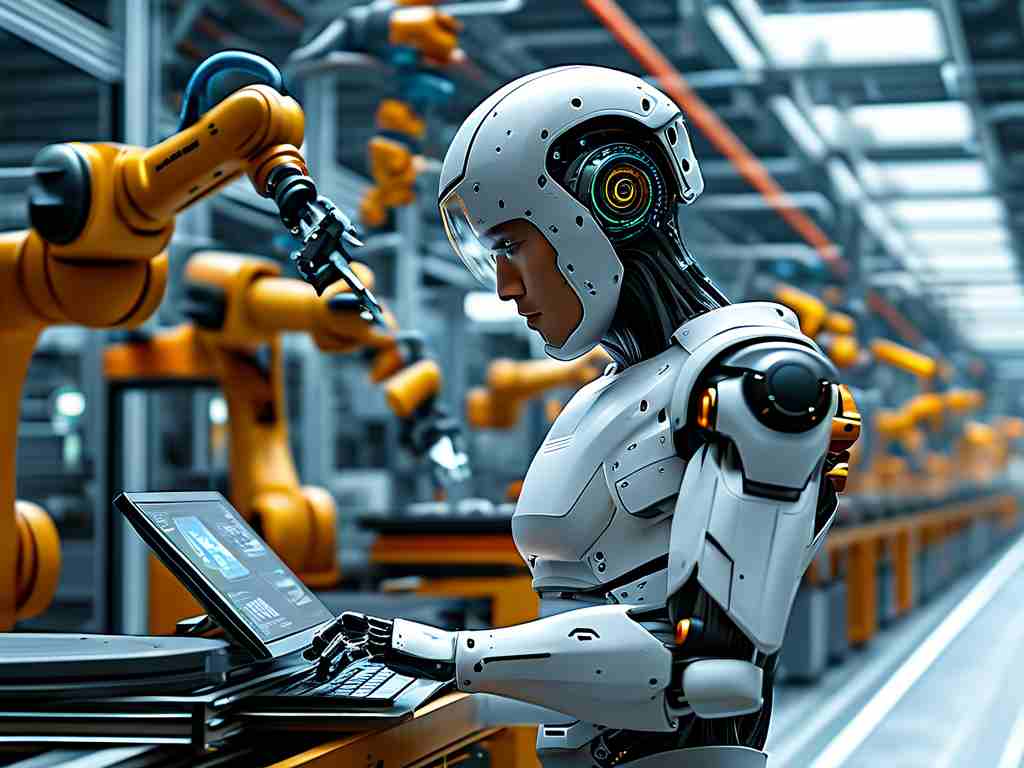The robotics technology sector is undergoing unprecedented transformation, driven by advancements in artificial intelligence, sensor systems, and automation frameworks. According to recent market analysis by Frost & Sullivan, the global robotics market is projected to reach $214 billion by 2028, growing at a compound annual rate of 17.2%. This growth trajectory reflects the expanding applications of robotics beyond traditional manufacturing into healthcare, agriculture, and urban infrastructure development.
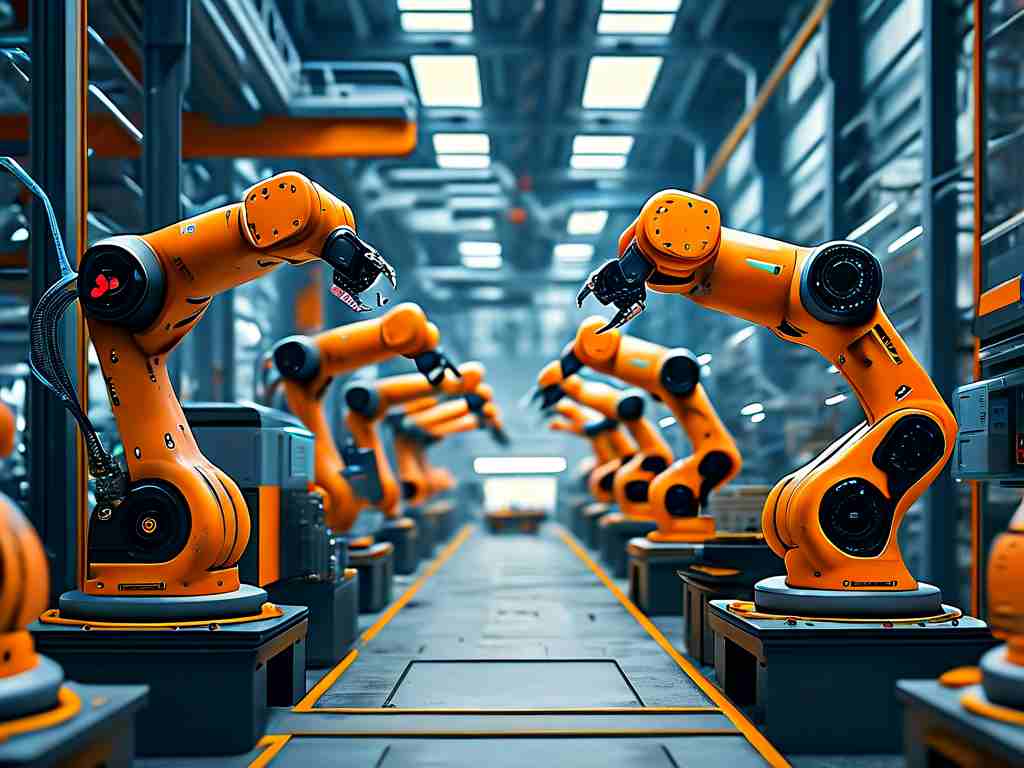
Industrial Automation Dominates Adoption
Industrial robots continue to dominate market share, accounting for 62% of total installations in 2023. Automotive and electronics manufacturers remain primary adopters, with collaborative robots (cobots) gaining traction in small-to-medium enterprises. Unlike traditional assembly-line robots, cobots feature enhanced safety protocols and adaptive learning algorithms, enabling human-robot teamwork in precision tasks. For instance, ABB's YuMi series has reduced production errors by 34% in watchmaking facilities while cutting operational costs by 19%.
Medical Robotics Breaks New Ground
Surgical robotics represents the fastest-growing subsegment, with Intuitive Surgical’s da Vinci systems performing over 1.2 million procedures annually. Recent breakthroughs include micro-robots capable of targeted drug delivery and AI-powered diagnostic assistants. A Johns Hopkins study revealed that robot-assisted surgeries reduced patient recovery time by 26% compared to conventional methods. However, high implementation costs (averaging $2 million per system) and regulatory hurdles limit widespread hospital adoption.
Agricultural Robotics Addresses Labor Shortages
Autonomous farming equipment is reshaping agribusiness, particularly in regions facing workforce shortages. Startups like Iron Ox and Naïo Technologies deploy AI-driven robots for crop monitoring and harvesting. These systems utilize multispectral imaging to detect plant diseases with 89% accuracy, according to USDA field tests. Despite these innovations, rural connectivity gaps and uneven terrain compatibility remain technical barriers.
Ethical and Regulatory Complexities Emerge
As robots integrate into daily life, ethical debates intensify. The European Union’s AI Act classifies certain robotics applications as "high-risk," mandating strict transparency requirements. Workforce displacement concerns persist—a McKinsey report estimates 20 million manufacturing jobs could be automated by 2030. Governments are exploring universal basic income models, while companies like Tesla invest in worker retraining programs.
Technical Limitations and Energy Demands
Current battery technologies constrain mobile robotics, with most industrial drones requiring recharge every 90 minutes. MIT researchers recently developed a hydrogen fuel cell prototype extending drone flight duration to 6 hours, but commercial viability remains uncertain. Additionally, neural network training for autonomous systems consumes massive energy—training a single robot vision model emits CO2 equivalent to five gasoline-powered cars driven for one year.
Future Outlook and Collaborative Ecosystems
Cross-industry partnerships are accelerating innovation. BMW’s collaboration with NVIDIA integrates quantum computing simulations to optimize robotic assembly lines, while Amazon Robotics works with MIT on warehouse inventory prediction algorithms. As 5G networks expand, real-time edge computing will enable decentralized robot swarms for disaster response and environmental monitoring.
The robotics revolution presents both extraordinary opportunities and complex challenges. Success hinges on balancing technological ambition with ethical responsibility, fostering public-private cooperation, and addressing systemic infrastructure gaps. Industry leaders must prioritize sustainable development metrics alongside profit margins to ensure long-term viability.


